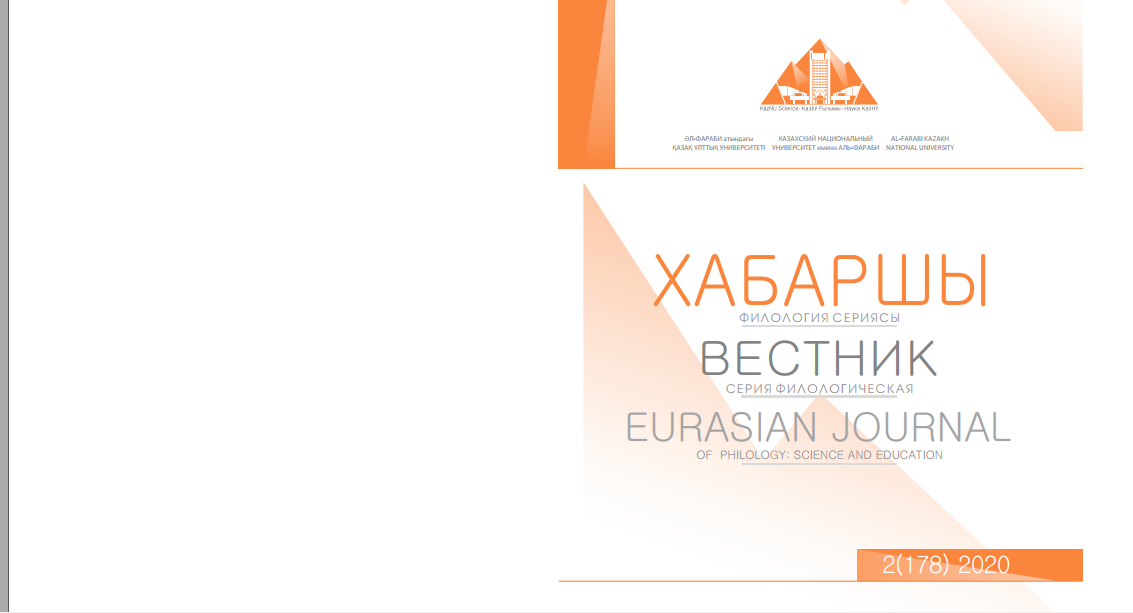Interactive methodological strategies for analyzing of I. Shukhov’s works
DOI:
https://doi.org/10.26577/EJPh.2020.v178.i2.ph5Abstract
Russian literature of Kazakhstan is included in the multinational culture of our republic as it’s organic
element. Comprehension of the new world by Russian writers of the republic is looking for adequate
forms of literary expression; many of them go through a difficult stage of genre selection, moving from a
story to a novel. A new type of hero appears – the so-called «foreign character». The image of interclass
enmity, ethnic misunderstanding, the difficult search for common ground between peoples is shown in
the works of I. Shukhov, which we dwell on in more detail in this article.
Also we will examine various methods and techniques for analyzing the novel by I. Shukhov «the
Bitter line» and the autobiographical trilogy «Presnovsky pages». At the stage of context verticalization,
students study historical facts displayed in the novel «the Bitter line» by I. Shukhov.
The next important strategy for analyzing Shukhov’s novels is to create a cultural portrait of ethnic
groups.
The study of certain cultural concepts – such as horse or wormwood-allows students to decipher the
plot elements of the work. Drawing up an axiological map of the ethnic group by students is necessary
for a deep understanding of the writer’s idea.
In the process of analyzing the novels of I. Shukhov, other methodological strategies can be applied,
including various types of commentary. The analysis of stylistic units will also prepare students to understand Shukhov’ s poetics.
The methodical plot of the analysis of Shukhov’s novel «the Bitter line» and the autobiographical trilogy «Presnovsky pages» in the classroom at the University is based on a detailed analysis of archetypes.






